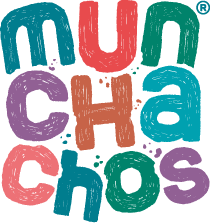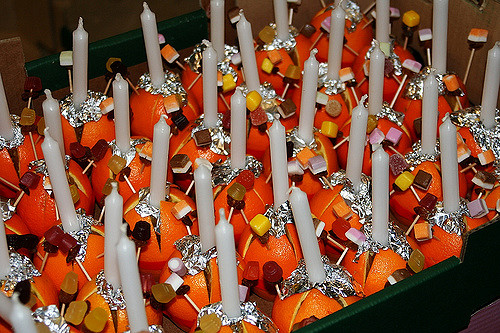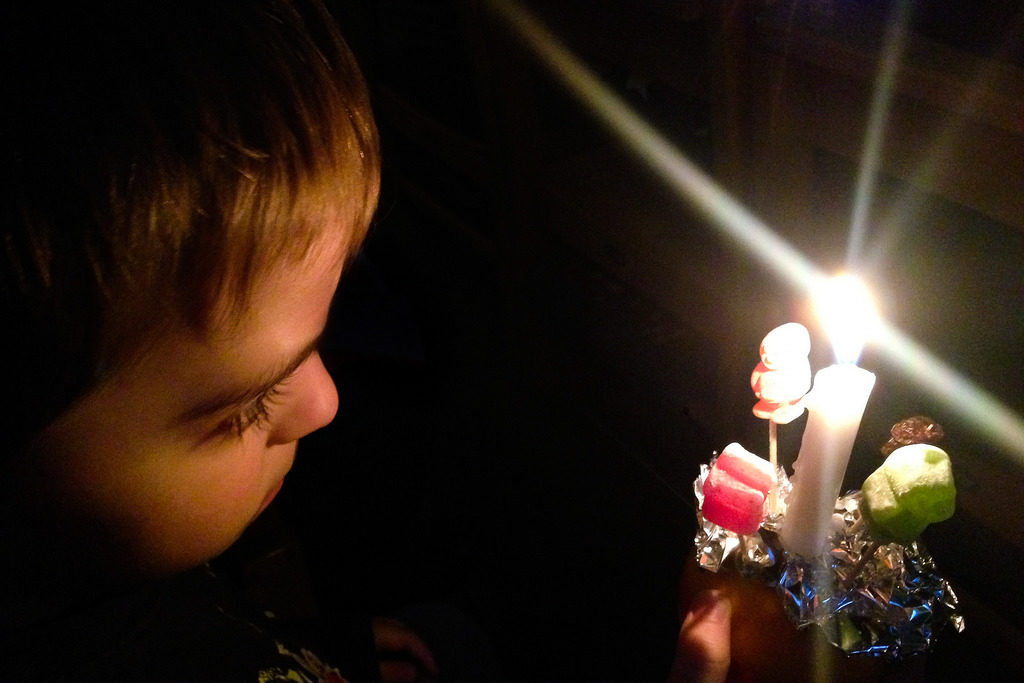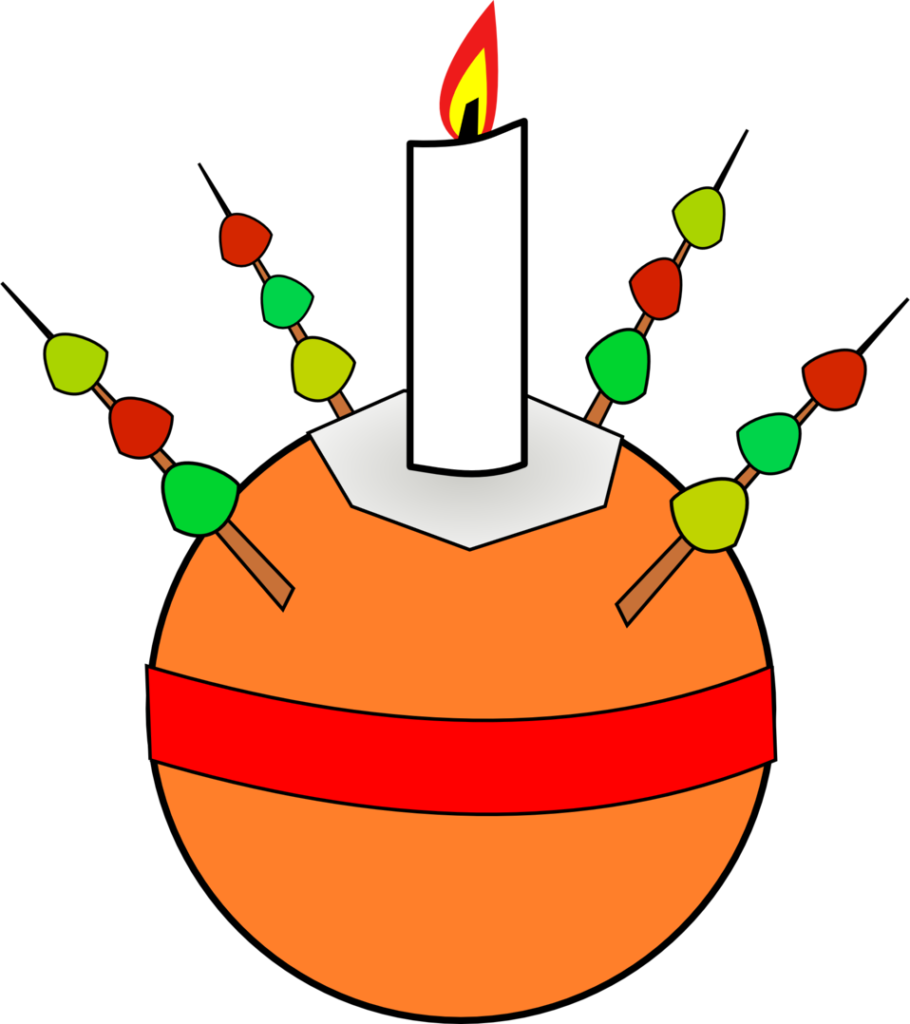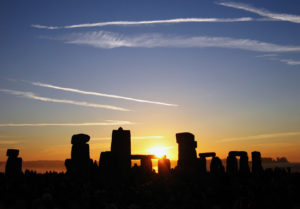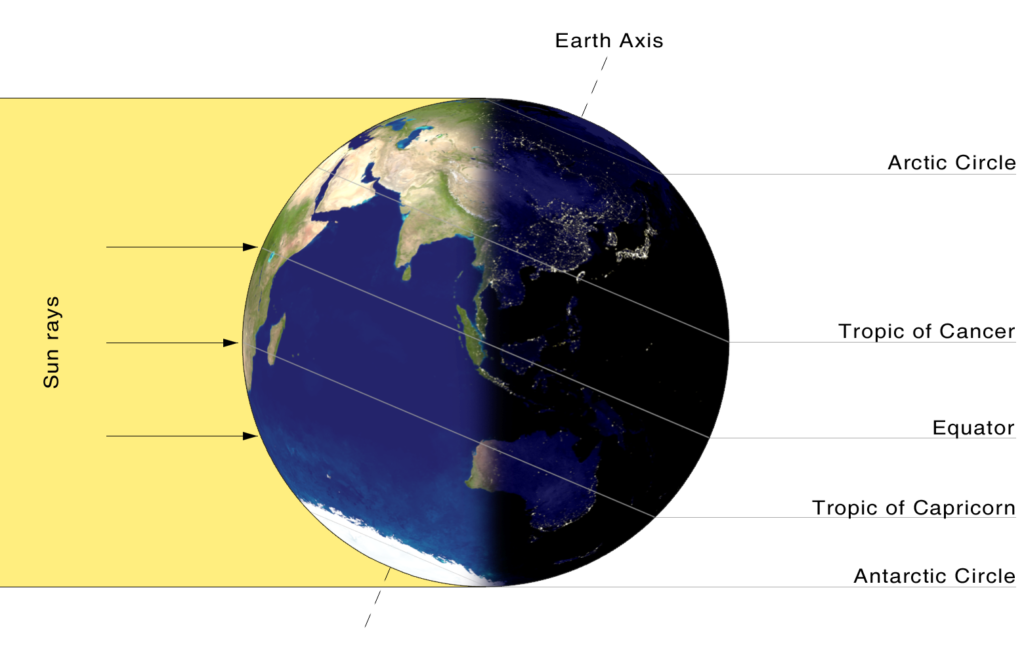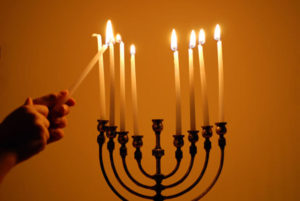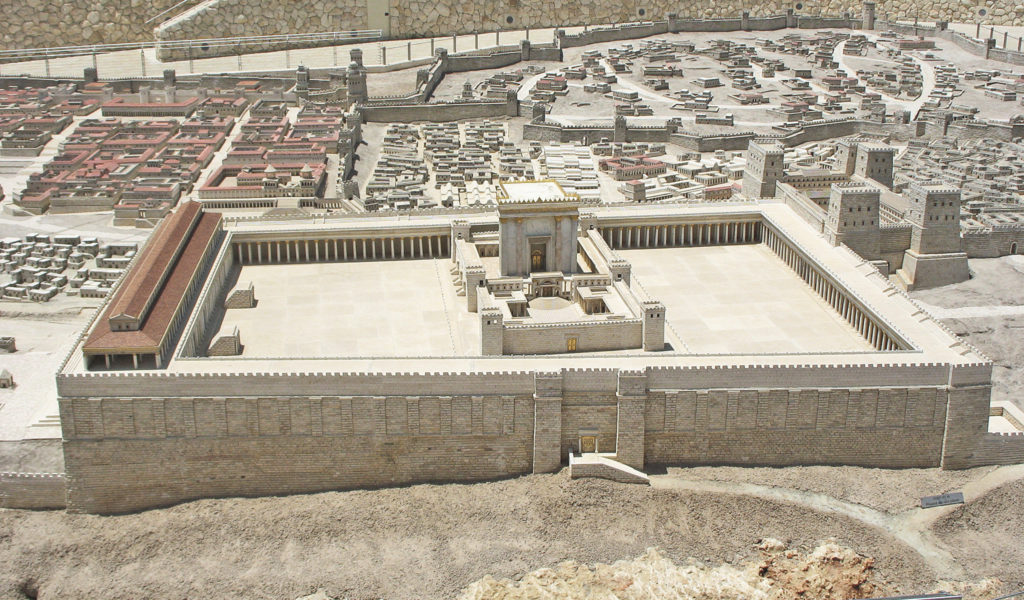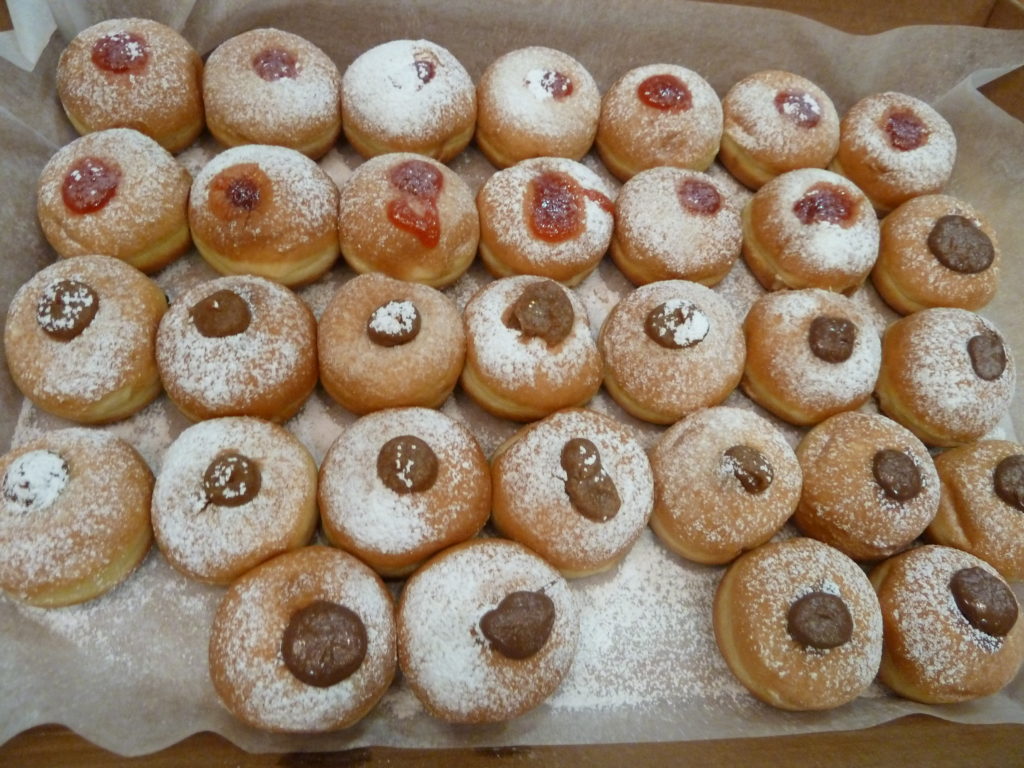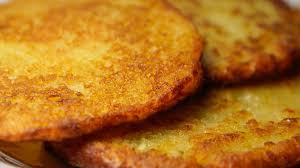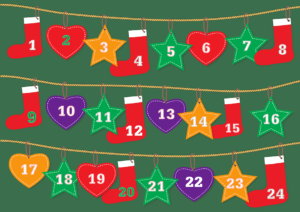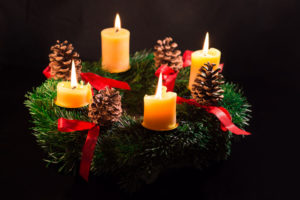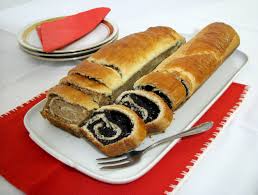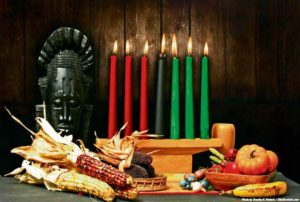
What is Kwanzaa?
For seven days beginning on 26th December and lasting until the 1st January, African Americans celebrate Kwanzaa. This holiday is named for the time of year when African tribes traditionally celebrate the first harvest of their crops.
In spite of the fact that Kwanzaa is a relatively new holiday, it is celebrated by many. Its rapid adoption by so many is down to the fact that it symbolises what it means to be an African; celebrate specifically family, community and culture.
How do We Celebrate?
Many houses put out candelabra a little like the Advent candle or Chanukah Menorah, called a Kinara. Its seven candles symbolise the seven nights of the holiday and the seven principles upon which the holiday is based. These are called the Nguzo Saba and are: unity (umoja), self-determination (kujichagulia), collective work and responsibility (ujima), cooperative economics (ujamaa), purpose (nia), creativity (kuumba) and faith (imani).
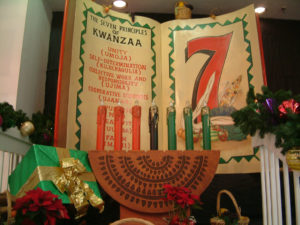
As well as the Kinara, people decorate their houses with straw mats and ears of corn to symbolise the harvest. Many decorations, crafts and ceramics are hung around the house in the traditional colours are red, green and black, to mirror many of the African countries’ flags.
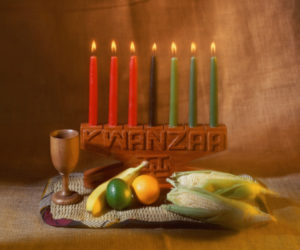
On December 31st, the holiday culminates in a feast called Karamu. This feast is made up of an abundance of traditional food which could include African creole, Cajun catfish, jerk chicken or Groundnut stew (and many scrumptious munchables too?).
We think it all sounds delicious and are very keen to try out some of these flavours. Perhaps they could be incorporated into a new Munchachos snack for 2019! What do you think?
Sign up to Munchachos here and download our FREE app to explore, have fun, learn loads and get worldwise.
